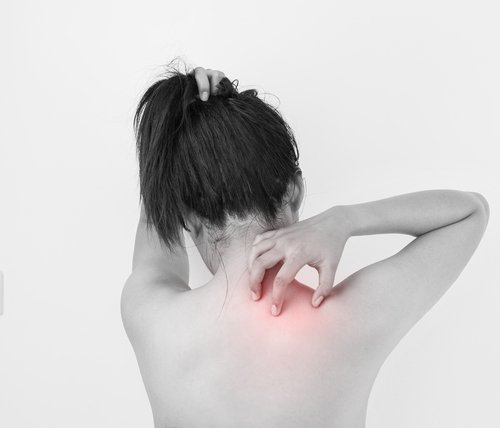Cara Therapeutics announced that treatment with its intravenous drug CR845 reduced itching and improved quality of life in patients suffering from uremic pruritus (UP) associated with chronic kidney disease.
These results come from Part A of a two-part, multicenter, double-blind, randomized, placebo-controlled Phase 2/3 clinical trial (NCT02858726) to evaluate the safety and efficacy of intravenous CR845 in hemodialysis patients with moderate-to-severe UP — a highly prevalent, intractable and debilitating systemic itch condition seen in patients with CKD.
Part A assessed the safety and efficacy of three different dosing levels of IV CR845 (0.5 ug/kg, 1.0 ug/kg and 1.5 ug/kg) versus placebo in 174 patients on hemodialysis with moderate-to-severe itching due to UP. Patients received either CR845 or placebo after each dialysis session for eight weeks.
According to Cara, Part A met both primary and secondary endpoints for efficacy. This means there was a statistically significant change from baseline in the mean worst itching score for week eight, as measured on a 0-10 numeric rating scale. Compared to placebo-treated patients, those who received CR845 had a 68 percent greater reduction from baseline in worst itch scores.
The secondary endpoint assessed patients’ quality of life associated with pruritus, with the use of Skindex-10 score, a scale in which higher scores indicate worse quality of life. The results showed that CR845-treated patients had a 100 percent greater reduction from baseline in the average total Skindex-10 score at week eight than those treated with placebo. There were statistically significant reductions in disease, mood/emotional distress, and social functioning, the three domains of Skindex-10.
Cara reported that the treatment was well tolerated with no serious adverse reactions reported during the trial. The most commonly reported side effects were dizziness and mid-facial tingling or numbness, as seen in other clinical trials of IV CR845.
Part B of the study will assess one dose of IV CR845 versus placebo for 12 weeks in up to 240 patients on hemodialysis with moderate-to-severe itching. The dose of CR845 used in Part B will be based on safety and efficacy found in Part A.
“We are extremely pleased with these results, where IV CR845 demonstrated sustained clinical and quality-of-life benefits in dialysis patients suffering from UP and supports the viability of this therapeutic approach for the long-term treatment of this unmet medical need,” Cara CEO Derek Chalmers, PhD, DSc., said in a press release. “As a next step, we plan to meet with the FDA to finalize the trial design of Part B of this Phase 2/3 study and to initiate patient recruitment later this year.”
Gil Yosipovitch, MD, director of the Miami Itch Center at the University of Miami, said the intravenous drug could soon become an approved therapy for chronic kidney disease patients suffering from UP.
“There is an unmet medical need for an effective long-term therapy for treating this intractable pruritus and providing meaningful improvement in the quality of life of these patients under dialysis treatment.” said Yosipovitch, who is also a dermatology professor at UM’s Miller School of Medicine.
CR845 is a potent peripheral kappa opioid receptor agonist with high selectivity over other opioid receptors in the body. The drug exhibits potent analgesic, anti-inflammatory and anti-pruritic (anti-itch) properties in both human and animals.
“This study demonstrated encouraging, statistically significant improvements across quality of life measures for hemodialysis patients with this condition,” said Mark Unruh, MD, chair of internal medicine at the University of New Mexico. “Importantly, these improvements persisted for the entire eight-week treatment period, with the anti-itch effect apparently sustained over time, suggesting that CR845 has the potential to be an effective treatment for this difficult condition, if successfully developed and approved.”

